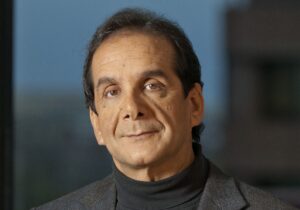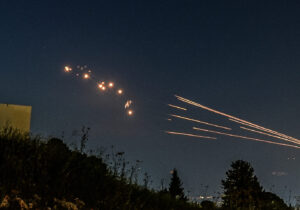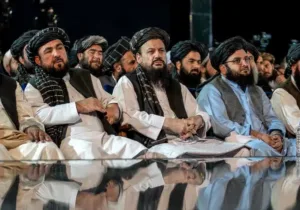President Trump announced on Monday the outline for his plan on the continuing American engagement in Afghanistan. Part of the president’s strategy relies on convincing the Taliban they cannot win on the battlefield, and thus have no chance of returning to power through military action. The hope of the Trump administration is that the political future for Afghanistan will not be as bloody and violent as the country’s political history.
Here is what you should know about the modern political history of Afghanistan.
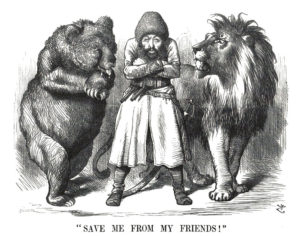
1. Although the area within the borders of Afghanistan has been inhabited for millennia, its founding as a nation came when Ahmad Shah Durrani conquered the area and established the last of the Afghan empires in 1747.
2. From 1830 to 1895, Afghanistan was caught up in what historians call “The Great Game” between Russia and Great Britain, a struggle for influence and control of Central and Southern Asia. This conflict led to Britain invading Afghanistan in the First Anglo-Afghan War (1839 to 1842) and the Second Anglo-Afghan War (1878 to 1880). In 1907 Britain and Russia entered into a treaty in which Russia abandoned its interest in Afghanistan and left control of its external policy to Britain.
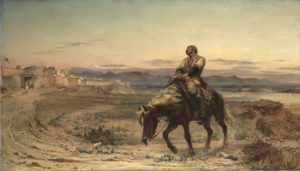
3. The Third Anglo-Afghan War occurred over the summer of 1919 and resulted in the Afghans winning independence from the British Empire. King Amanullah Khan declared Afghanistan a sovereign and fully independent state and began a period of modernizing reforms (abolishing slavery, not requiring women to wear the burqa, opening co-ed schools, etc.) that lasted only a decade.
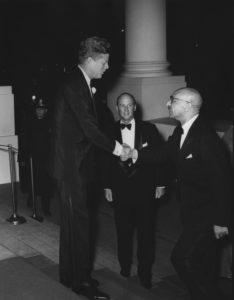
4. Mohammed Zahir Shah, a second cousin of King Amanullah Khan, reigned from 1933 to 1973 as the last king of Afghanistan. In 1964 Zahir Shah implemented a new constitution that made the country a modern democracy, with free elections, a parliament, civil rights, emancipation for women, and universal suffrage. While he was in Italy for eye surgery in 1974, his cousin and former Prime Minister Mohammed Daoud Khan staged a coup, established a republican government, and made himself Afghanistan’s first president.
5. This republic was short-lived, as the communist People’s Democratic Party of Afghanistan seized power in 1978. This led to a civil war between the new Soviet-backed government and the mujahideen (guerrilla outfits of radical Islamists) backed by the Pakistani government. In late December 1979, 30,000 Soviet troops invaded to support the communist Afghan government.
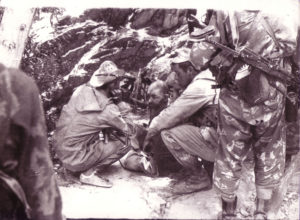
6. As the Soviet Union expanded the number of troops to 100,000, the Afghan civil war reached a stalemate. In an attempt to destroy the mujahideen, the Soviets bombed rural areas, leading approximately six million Afghans to seek refuge in Iran and Pakistan. In 1980 the U.S. entered the conflict by having the Central Intelligence Agency (CIA) launch Operation Cyclone to arm and finance the Afghan rebels. U.S. involvement directly contributed to the defeat of the Soviets, and in 1988 the Soviet Union signed an accord agreeing to withdraw its troops.
7. After the Soviet withdrawal, civil conflict continued until the government fell in 1996 to the Taliban, a hardline Pakistani-sponsored movement that emerged in 1994. The Taliban implemented a strict and repressive form of Sharia law and committed systematic massacres while attempting to gain control over the country. The Afghan Northern Alliance, officially known as the United Islamic Front for the Salvation of Afghanistan, formed in late 1996 to oppose the Taliban. The Northern Alliance fought a defensive war against the Taliban government until September 2001.
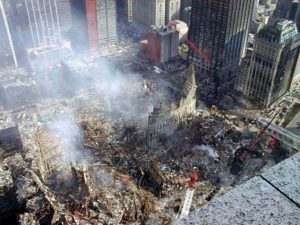
8. From 1996 to 2001, the Taliban also allowed Al-Qaeda and its leader Osama bin Laden to act as a state within the state. When Bin Laden orchestrated the 9/11 attacks on U.S. soil, the American government demanded that the Taliban hand him over or face reprisal. When the Taliban refused, the U.S. led a coalition of over 40 nations to remove the Taliban government and destroy Al-Qaeda.
9. After the Taliban was driven from power in Afghanistan by the U.S.-led coalition, a UN-sponsored Bonn Conference in 2001 established a process for political reconstruction of the country. This led to the adoption of a new constitution, a presidential election in 2004, and National Assembly elections in 2005. In December 2004, Hamid Karzai became the first democratically elected president of Afghanistan, and the National Assembly was inaugurated the following December. In 2009 Karzai was reelected for a second term.
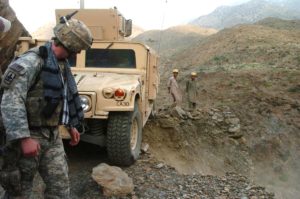
10. The 2014 presidential election led to a runoff between the top two vote-getters, Abdullah Abdullah and Ashraf Ghani. According to the CIA Factbook, throughout the summer of 2014 their campaigns disputed the results and traded accusations of fraud, leading to a US-led diplomatic intervention that included a full vote audit as well as political negotiations between the two camps. In September 2014, Ghani and Abdullah agreed to form the Government of National Unity, with Ghani inaugurated as president and Abdullah selected for the newly-created position of chief executive officer. The day after the inauguration, the Ghani administration signed the U.S.-Afghan Bilateral Security Agreement and NATO Status of Forces Agreement, which provide the legal basis for the post-2014 international military presence in Afghanistan.
—
Joe Carter is an adjunct professor of journalism at Patrick Henry College, an editor for several organizations, and the author of the NIV Lifehacks Bible.
Feature Photo Credit: U.S. Soldiers with 2nd Battalion, 327th Infantry Regiment, 101st Airborne Division return fire during a firefight with Taliban forces in Barawala Kalay Valley in Kunar province, Afghanistan, March 31, 2011. U.S. Army photo by Pfc. Cameron Boyd.

